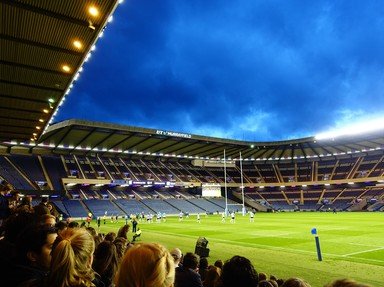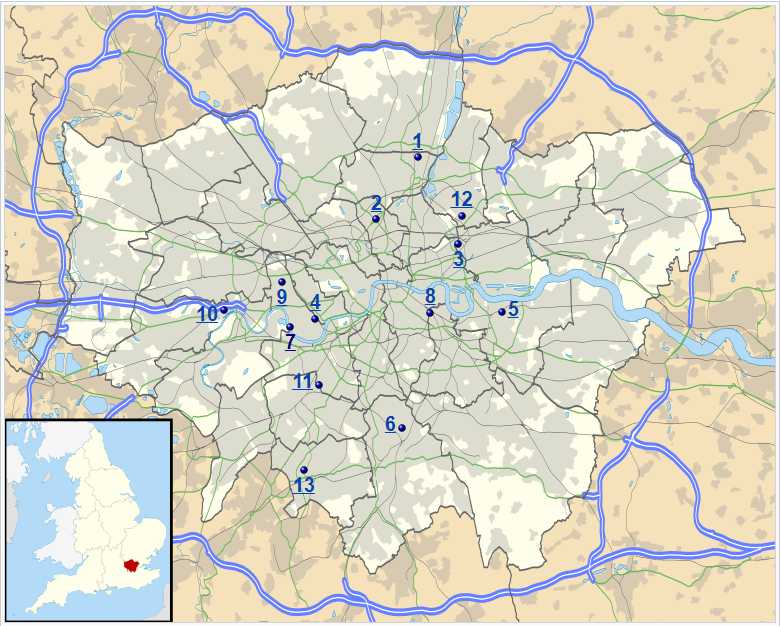
Pack 'em In - London's Stadia by Size 2021-22 Quiz
In the 2021-22 season, thirteen clubs from within the boundaries of Greater London were in the Premier League or Football League, each with its own fierce home support. Can you put the thirteen home grounds into order from the biggest to the smallest?
A label quiz
by Red_John.
Estimated time: 4 mins.
- Home
- »
- Quizzes
- »
- Sports Trivia
- »
- UK
- »
- UK Football Stadiums
